How to Choose Your Toll Processor

Toll Processing and Cost Efficiency
Toll processing can be defined as performing a service on a customer’s product for a fee. In other words, the steel mill, end-user, or trading partner will make or purchase the material and ship the product to a processing facility. The processor will then work the material according to the customer specifications, then deliver the processed material to the destination directed by the customer.
The concept of outsourcing business support is a trend that is gaining in popularity. Company owners are making the decision to utilize toll processors primarily because it’s cost efficient. A materials processing service provider can move a project from the development stage all the way to full scale production. Also, a growing business might lack the facilities, manpower, storage space, or time required to process the necessary materials for their products, leading to shortfalls in efficiency and delivery. Additionally, toll processing service centers have experience and have made significant investments in equipment that can help take a project from concept to completion seamlessly.
Toll Processors as Consultants and Other Benefits of Toll Processing
As mentioned above, most companies choose to use a toll processor for cost efficiency. However, there are many additional benefits of having your steel products processed by a toll processing company. For example, toll processing companies can be very good consultants. Typically a “toller“ has processed a wide variety of materials under many conditions. This experience has curated a wealth of knowledge concerning the many twists and turns associated with processing various materials. Toll processors can offer the contracting company important information, including anticipating potential challenges that might be encountered when processing specific types of material. This information can prove very valuable in helping you to decide the best method in reaching your goals for a given size distribution, moisture content, or quality control procedure.
Other benefits of toll processing:
- Faster time to completion.
- Opportunity to expand your network by working with experienced professionals.
- No capital investment or depreciation.
- No detailed engineering requirements.
- No floor space required.
- No maintenance requirement.
- No spare parts requirement.
- No additional personnel required.
- No new permits required for dust house discharge.
- Quick turnaround times/no extended lead time for delivery or installation.
- No advanced engineering skills necessary.
- No additional permits.
- No equipment-related maintenance expenses.
- Freedom to adjust production levels at any time.

National Material Company: The Right Toll Processor for You
When looking for a company to contract with, consider a few key factors. Your chosen toll processor will become the link between you, your customers, and your product – a choice to not be taken lightly. Select a company that will not only make your manufacturing processes easier, but also a company that can reduce risk, add to your bottom line, and put you ahead of the competition. Your toll processor should have supply chain management experience, and have a quality assurance program and control procedures in place.
National Material Company (NMC) […]


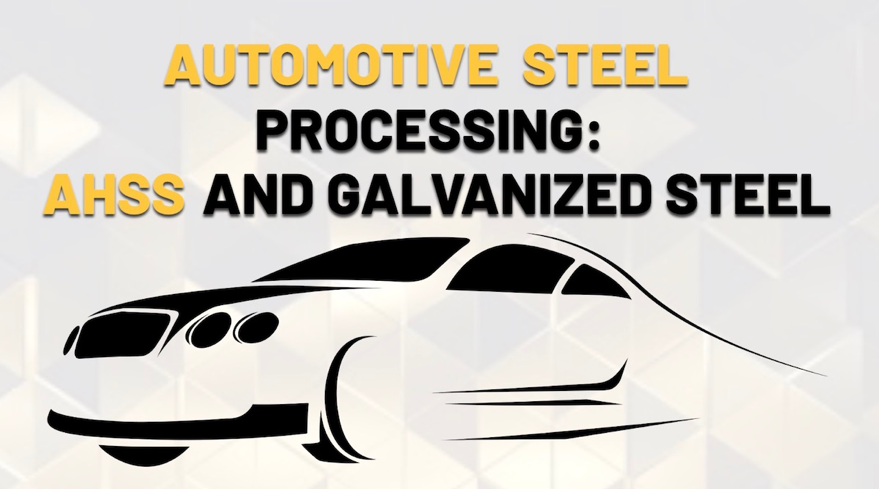
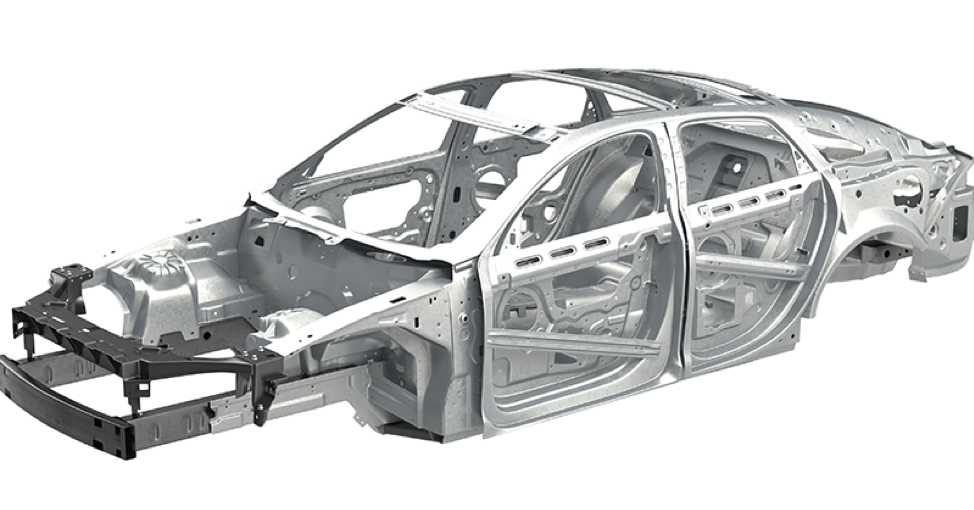
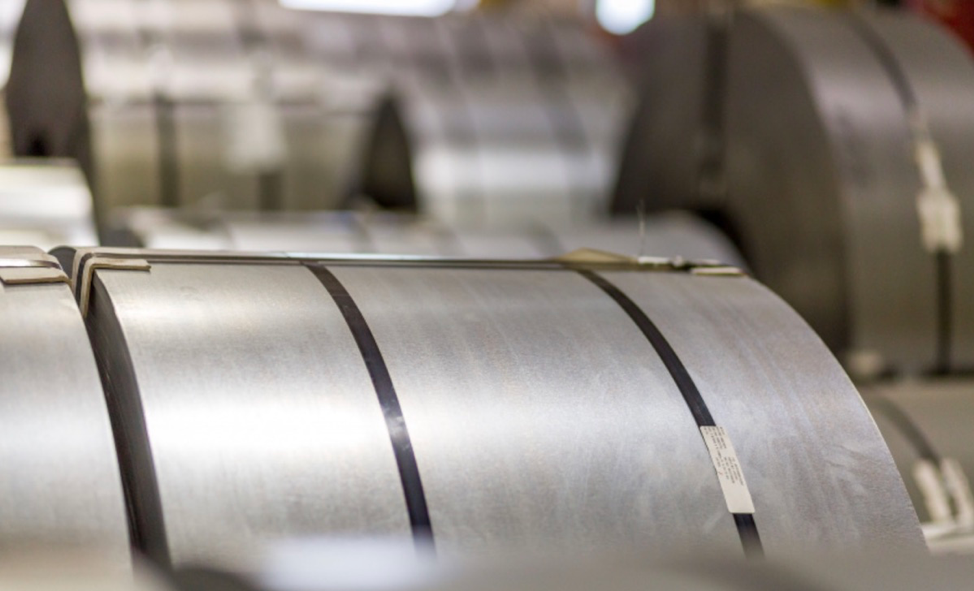
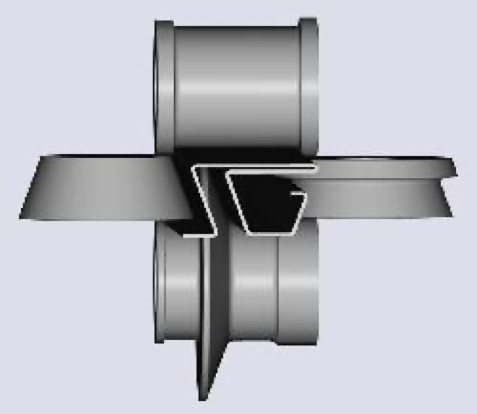
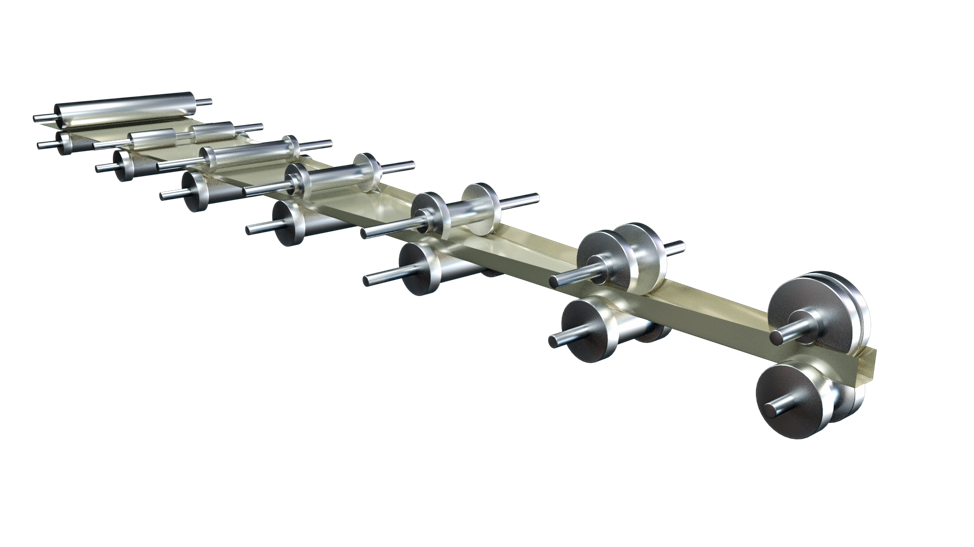
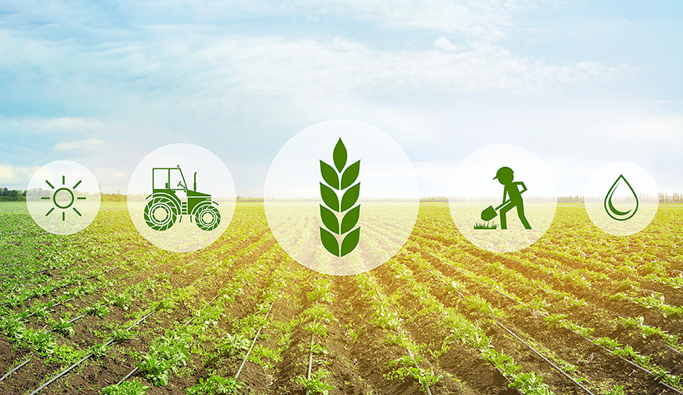
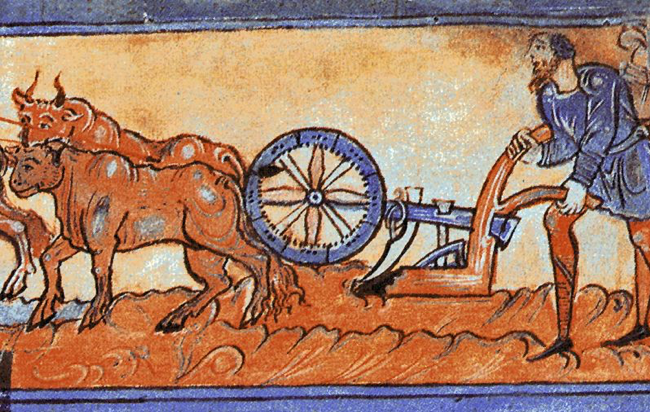
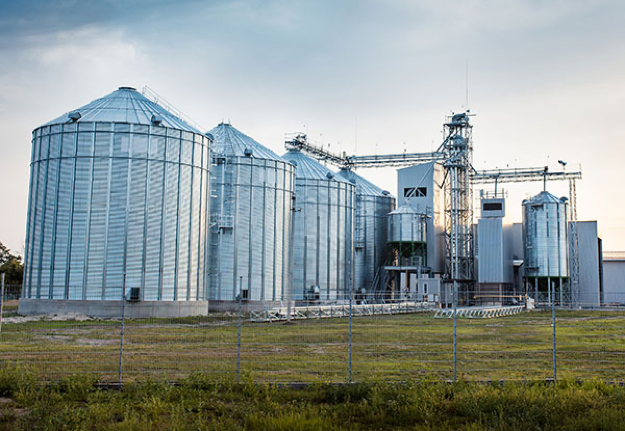 […]
[…]